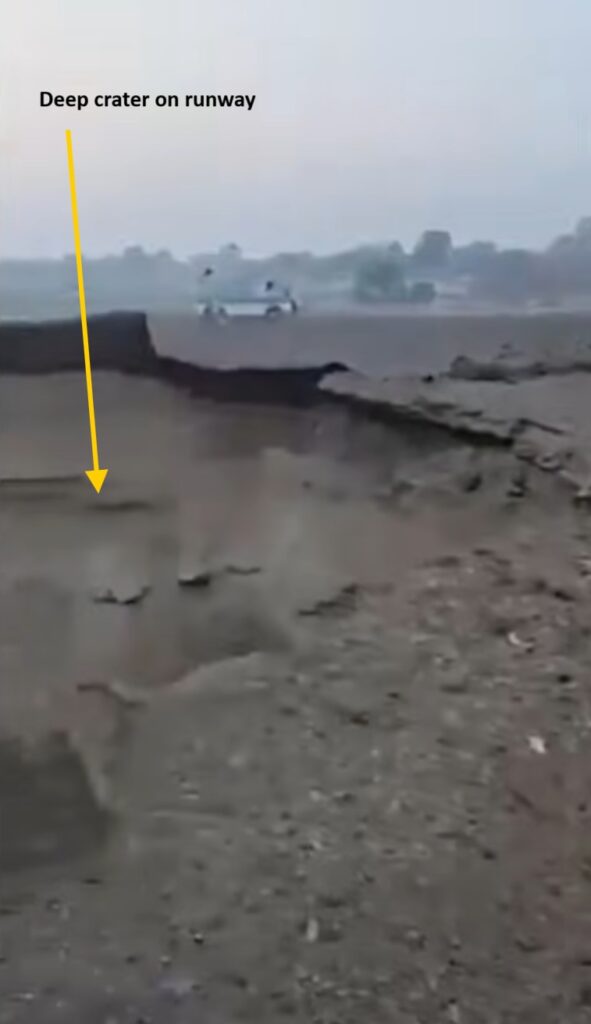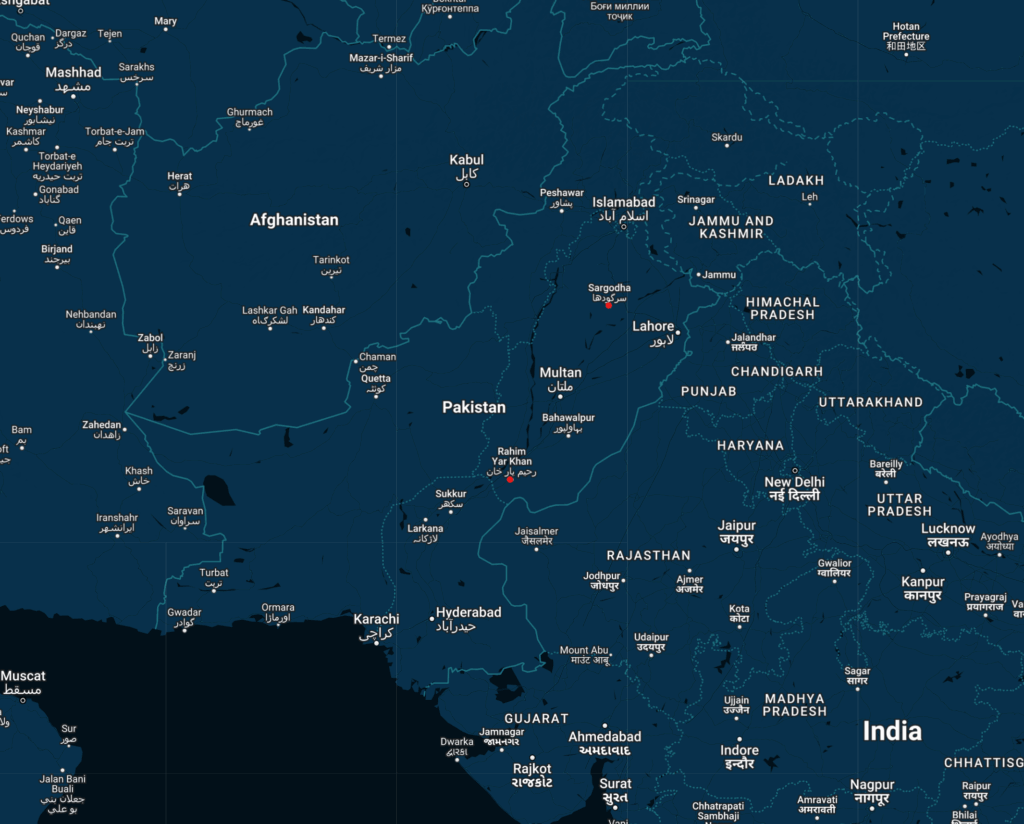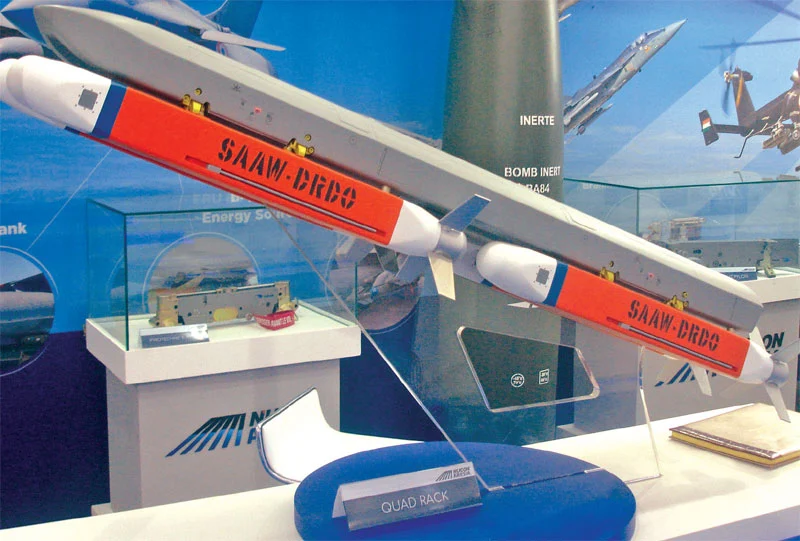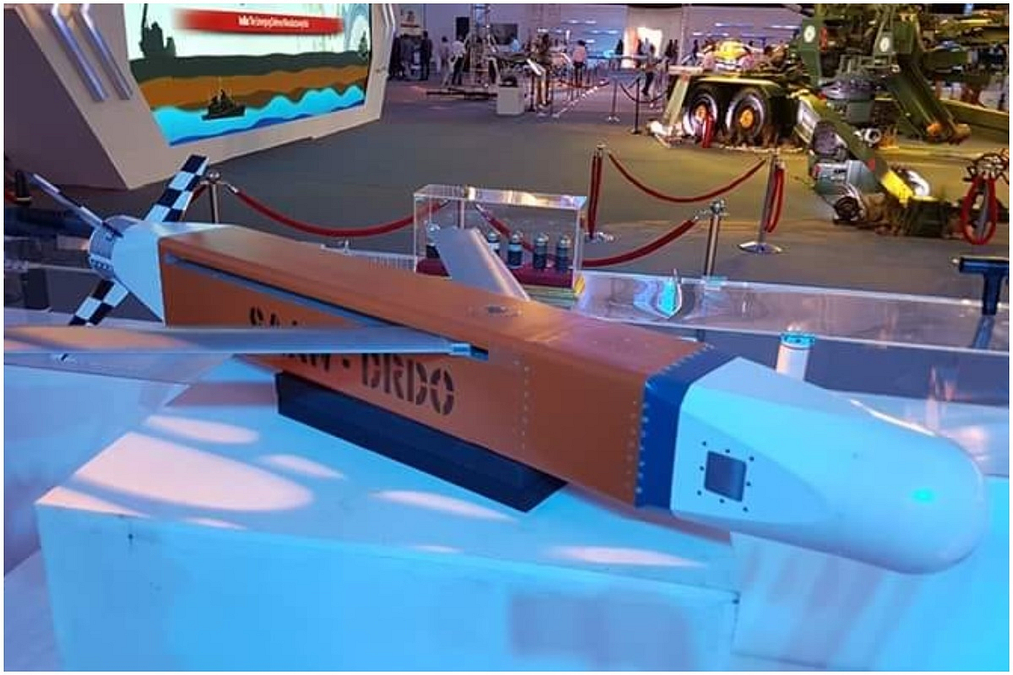During the recent conflict escalation with Pakistan, the Indian Air Force demonstrated their precision strike capability using a homegrown weapon developed by the Defence Research and Development Organisation (DRDO) — the Smart Anti-Airfield Weapon (SAAW).
This advanced precision-guided munition was instrumental in creating massive craters on the runways of Rahim Yar Khan Airbase and potentially Sargodha Airbase.

SAAW is a lightweight, high-precision, long-range air-to-surface glide bomb designed to neutralize enemy airfield assets without the need for the launch aircraft to enter hostile airspace. This project was sanctioned by the government in September 2013 giving a budget of ₹56.58 crore(US$6.7 million) for the research and development.
Ground based trials started in 2015 at Rail Track Rocket Sled (RTRS) facility located at the Terminal Ballistics Research Laboratory (TBRL), Ramgarh, Haryana. It was first publicly tested with air launch in 2016 from a Jaguar airport in Bengaluru. This was followed by a series of three successful tests in 2017 and three more tests in 2018 . It then got inducted in 2020 with Airforce and Navy placing undisclosed number of orders for Rs. 970 crore as stated in this press release. And in 2021, it was cleared towards mass production after IAF tested SAAW guided by NAVIC satellite navigation at Pokhran range from Su-30MKI in dual rack pylon configuration.
Since it is a glide-bomb, it is a low cost weapon as opposed to cruise missiles which can cost a million dollars or more, giving the user the capability to destroy thousands of hardened surfaces without incurring unaffordable expenses. Low cost is a requirement for such missions as runways can be repaired within few days, so the cost to enemy should be more than the costs of the weapons utilized.

It has 100kms of stated range, putting Rahim Yar Khan Airbase well within its standoff range as it is about 50kms from the border. However, it is shocking that India managed to create a crator on the runways of Sargodha Airbase too, which is about 200kms from Indian borders, either from LOC or International border.
Satellite images taken before and after the incident confirms a precise strike causing a massive crater on the Sargodha airbase’s runway.

It has a stated accuracy of less than 7 meters when guided with INS-GPS/NavIC and less than 3 meters with EO/IIR seeker. Considering the pin point accuracy of the strike at the center of the runway, it appears that it has higher accuracy than publicly revealed.
This goes in line with what DRDO’s former chief S. Christopher had previously stated while sanctioning this project – “this is a sort of guided bomb and it will be much much cheaper than a missile or rocket, the reason being that it is not having a propulsion, it is making use of the aircraft’s propulsion. It can go and land in a place we want.” He continued, saying that unlike normal bombs in the Indian inventory which are sensitive to environmental conditions and therefore may not precisely hit the intended target due to environmental degradation, the precision-guided SAAW has higher precision and can precisely hit the intended target.
By bombing precisely on the runway, It appears India did not want to escalate the conflict, and wanted to just show Pakistan that it is capable to strike with high precision wherever they chose.
SAAW can also be used as a bunker buster, so If India shows that it can strike the runway, it is a message to Pakistan airforce that India can also choose to destroy the hangers nearby that is housing Pakistan’s fighter jets. And this message seems to have helped India get a quick ceasefire agreement from Pakistan.

Since Rahim Yar Khan airbase is dual purpose airport that also serves as a civilian airport by the name of Shaikh Zayed International Airport during peace time, Pakistan was forced to release a NOTAM for closing the airport to repair the damage to the runway.

DRDO is actively working on an upgraded version of the SAAW, featuring an advanced Electro-Optical seeker. This enhancement will enable the weapon to engage moving targets, significantly expanding its operational envelope and effectiveness against dynamic battlefield threats as this makes it possible for a single low cost standoff weapon to be used against Ships, Tanks, Trucks, Bunkers and Runways.

The successful deployment of the SAAW underscores India’s growing prowess in indigenous defense technology and precision warfare. By effectively disabling key Pakistani airbases without crossing into enemy airspace, India has demonstrated a significant leap in its strategic and tactical capabilities, setting a precedent for future engagements. This can also result in foreign orders for SAAW as this is a specialist capability that not many countries can produce at low cost.
